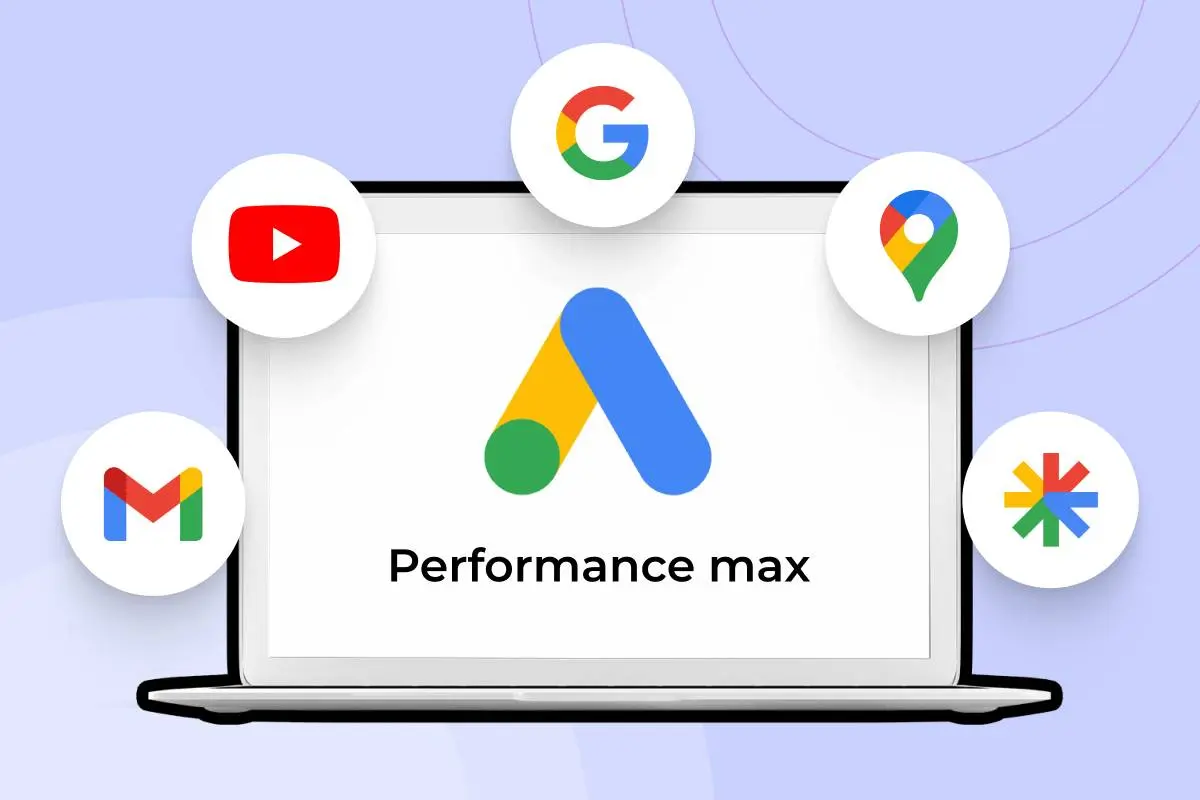Google Performance Max, or PMax for insiders, is Google’s AI-fueled ad campaign powerhouse designed to squeeze every drop of value from your ad spend across all Google channels – Search, YouTube, Display, and more.
But like handing over the keys to a rocket ship, you need a checklist to avoid crash-landing your budget. Here’s that checklist with a twist of Web3 savvy, so you can optimize faster and spend smarter.
Quick answers – Jump to section
- What Exactly Is Google Performance Max?
- Why Use an AI Checklist with PMax?
- The Three Pillars of the PMax AI Checklist
- Practical Tips for Web3 Marketers Using PMax
- Benefits for Web3 Decision Makers
- Common Misconceptions and Challenges
- PMax AI vs Traditional Google Ads: Quick Comparison Table
- Key Takeaways
- FAQ
What Exactly Is Google Performance Max?

PMax is Google’s all-in-one campaign type that uses machine learning to optimize your ads in real-time across Google’s entire inventory. You provide your conversion goals, budget, and a mix of creative assets, then Google’s AI takes the wheel to decide where and when your ads show up. Think of it as autopilot for ad campaigns, but with a nerf gun handy just in case.
Key points:
- Unified campaign across Search, Shopping, YouTube, Display, Gmail, and Maps
- Uses AI to adjust bids, placements, and creative combinations automatically
- Designed to maximize conversions or conversion value based on your goals
Why Use an AI Checklist with PMax?
Google’s AI is a smart cookie but not a mind reader. Your job is to feed it the right data, assets, and guidance. The checklist is your ad campaign user manual minus the boring bits and it helps you:
- Set up campaigns for AI success
- Avoid losing control in the AI matrix
- Track performance effectively
The Three Pillars of the PMax AI Checklist
1. Lay a Solid Data Foundation
Your AI pilot needs good maps. Start with first-party data like customer lists and website visitor info. Add conversion tracking that’s accurate and up to date if your data’s off, your AI’s flying blind. Use audience signals to tell Google which groups are your VIPs and which should be politely shown the exit.
2. Harness AI for Real-Time Optimization
Your input includes a mix of creative assets (texts, images, videos). Google AI tests combinations constantly, adjusting bids and targeting in real time. Make sure to:
- Provide diverse, high-quality assets
- Set clear conversion goals like purchases, newsletter signups, or demo requests
- Use conversion value rules to prioritize high-value actions or audiences
3. Use AI to Discover New Audiences
PMax’s charm is finding customers you didn’t know existed. Use search themes (up to 25 per asset group) as hints. Don’t just stuff keywords; describe your products or services in ways that guide Google’s learning without muzzling its creativity.
Practical Tips for Web3 Marketers Using PMax

- Upload your best audience lists – think wallet addresses, user signups, or previous buyers (hashed for privacy, of course).
- Refresh creative assets often. AI likes fresh fuel and so do your customers.
- Use Final URL expansion wisely. It lets Google pick the best landing pages but remember to check it doesn’t send traffic to the abyss.
- Monitor monthly, not daily. AI reacts faster than you, but you still need to keep an eye and tweak smartly.
Benefits for Web3 Decision Makers
- Broader reach across channels without extra budgets
- Smarter spend allocation via AI’s real-time bidding
- Time saved on micromanagement, time gained for strategic moves in the blockchain jungle
- Incremental growth from fresh audience discovery
Common Misconceptions and Challenges
- “The AI is a black box!” Truth is, it’s a mostly transparent one if you set up signals and monitor reports.
- AI won’t replace marketers – it powers them, like a sharp new toolkit. Human strategy + AI execution = win.
PMax AI vs Traditional Google Ads: Quick Comparison Table
| Feature | Performance Max (AI) | Traditional Google Ads |
|---|---|---|
| Channel Coverage | All Google properties (Search, Shopping, etc.) | Mostly single channel (e.g., Search) |
| Automation Level | High – bids, placements, assets auto-optimized | Manual setup and optimization |
| Audience Discovery | AI uncovers new segments | Depends on manual targeting |
| Creative Testing | Automated combinations | Manual testing and A/B splits |
| Control & Transparency | Less granular, but signals help guide AI | More control, but requires more work |
| Ideal For | Growth-focused, data-ready advertisers | Precision campaigns with tight control |
Key Takeaways
Google’s Performance Max campaigns are your fast track to AI-powered ad growth when armed with the right checklist. Feed the AI first-party data, diversify your creative assets, set clear goals, and watch as real-time optimization and new audience discovery kick your Web3 marketing into high gear.
FAQ
What is the Performance Max AI checklist?
A practical guide for setting up and optimizing Google Performance Max campaigns using AI best practices.
How does AI improve ad targeting?
By analyzing real-time signals and user data, AI adjusts bids and placements to reach the most valuable audiences.
Is PMax suitable for small Web3 businesses?
Yes, especially if you have solid data and clear goals. The AI helps scale your ad impact without constant manual work.
How do you measure success with PMax?
Track conversion goals you set (sales, signups), monitor reports monthly, and adjust assets and signals accordingly.
Can AI replace human ad managers?
Not completely. AI handles automation and optimization, but strategic decisions and creative insights need humans.
Get your business referenced on ChatGPT with our free 3-Step Marketing Playbook.
Want to know how we can guarantee a mighty boost to your traffic, rank, reputation and authority in you niche?
Tap here to chat to me and I’ll show you how we make it happen.
If you’ve enjoyed reading today’s blog, please share our blog link below.
Do you have a blog on business and marketing that you’d like to share on influxjuice.com/blog? Contact me at rob@influxjuice.com.


Leave a Reply
You must be logged in to post a comment.